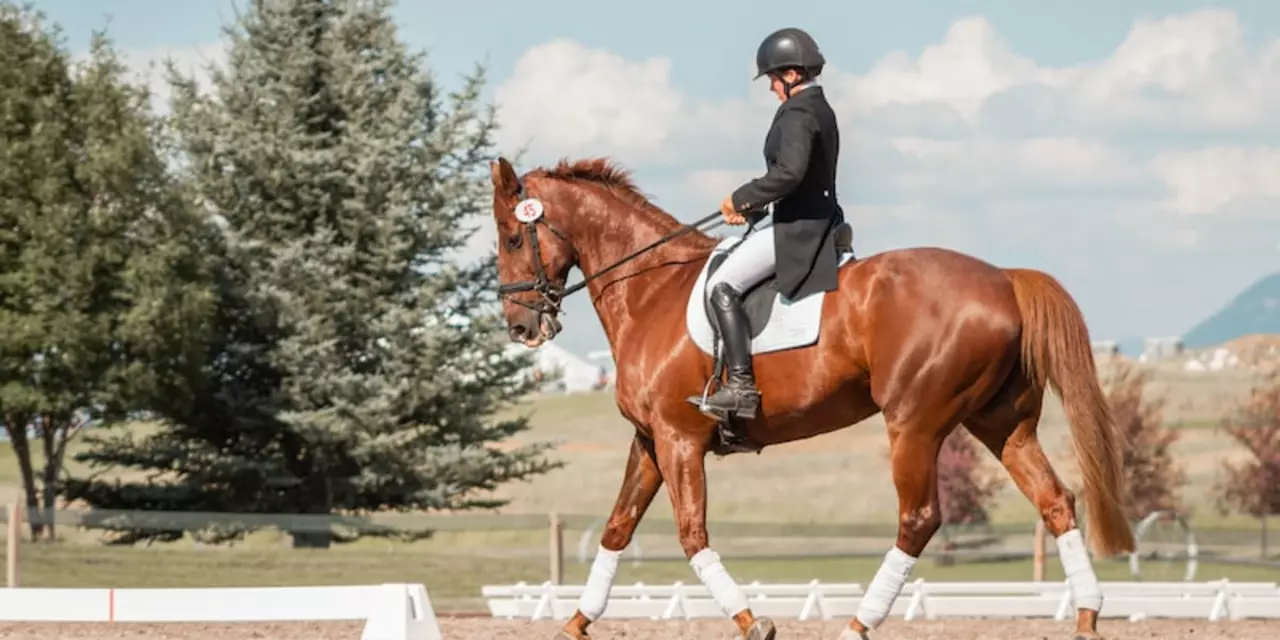Learning to Ride: Practical Tips for Beginners and Adult Riders
If you’ve ever imagined the wind in your hair while trotting across a field, you’re not alone. Riding isn’t reserved for kids or pros – anyone can start, even at 25 or older. The key is proper prep, the right gear, and respecting the horse’s comfort. Below you’ll find straightforward advice to get you confidently in the saddle.
Getting Started with Your First Lessons
First lesson? Find a certified instructor who tailors drills to your fitness level. A short, 30‑minute session is better than a marathon that leaves you sore. Ask the trainer to explain basic commands – “walk,” “trot,” “whoa” – before you even mount. Practice these cues on the ground first; it builds confidence for both you and the horse.
Gear Up Safely and Comfortably
Dress like a rider, not a tourist. Long pants (jodhpurs or sturdy jeans) protect your legs from chafing. Sturdy boots with a small heel keep your feet from slipping out of the stirrups. And never skip the helmet – a certified riding helmet can prevent serious injury. If you love earrings, keep them small and secure; loose jewelry can get caught on tack.
Age isn’t a barrier. At 25, your body is still adaptable, and you have the advantage of maturity. Focus on core strength and balance exercises off the horse – yoga or Pilates help. When you finally mount, start with low‑impact work: walk, circle, and gentle trot. Gradually increase duration as you feel comfortable.
Many wonder if riding harms a horse. When the animal is healthy, properly saddled, and the rider respects weight limits, the horse thrives on the activity. The saddle must fit the horse’s shape; an ill‑fitting saddle can cause pressure points. Your instructor will check the tack before every ride, ensuring the horse stays comfortable.
Thinking of owning a horse? Ownership adds responsibility beyond the lesson. Budget for feed, bedding, veterinary care, and regular farrier visits. A horse needs daily turnout, fresh water, and routine grooming. Knowing the basics of nutrition and health saves money and keeps your partner happy.
Here are a few secrets seasoned riders don’t always share: a quick hand‑massage before riding relaxes the horse’s back; rotating tack reduces wear and tear; and keeping a simple “rider‑horse log” of what you did each session helps track progress and spot issues early.
Common questions pop up: “What should I wear?” – long pants, boots, helmet, gloves if it’s cold. “Is it safe to ride at 25?” – absolutely, as long as you train smart and listen to your body. “Can a horse feel pain from a rider?” – only if the saddle is wrong or you overload the animal.
Ready to start? Book a trial lesson, gather the right gear, and keep the focus on fun and safety. Riding is a journey, not a race, and every rider’s path looks different. With these tips, you’re set to enjoy the ride and build a strong bond with your horse.

Horse riding is a fun and rewarding activity that can be learned without a trainer. It requires patience, dedication, and research to learn the basics of riding. The first step is to find a horse to ride. Other important steps include learning general horse care and safety, understanding the basics of riding, and practicing as much as possible. Additionally, it is important to find a knowledgeable mentor and join a riding group to help with the learning process. With the right attitude and effort, anyone can learn to ride a horse without a trainer.
Read more
